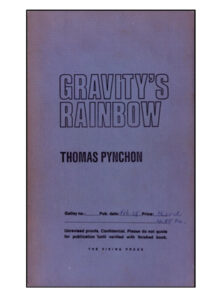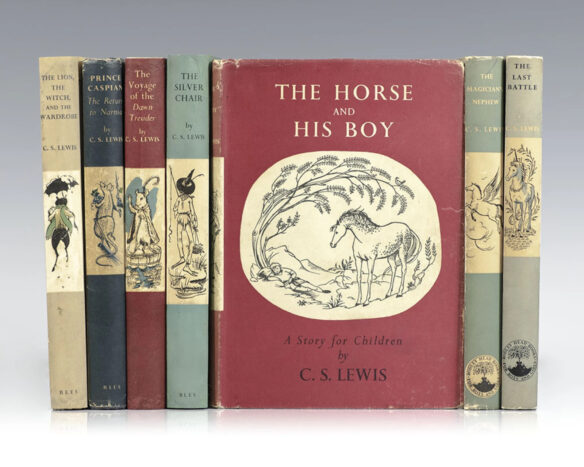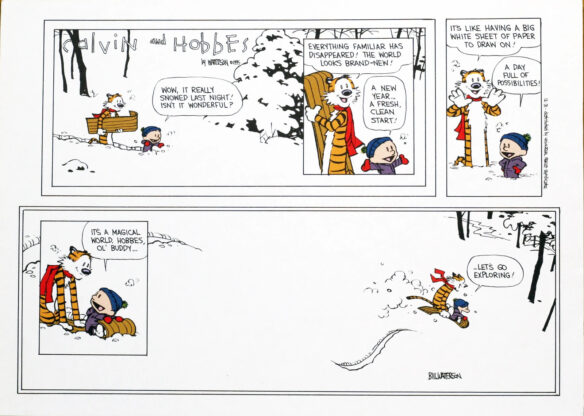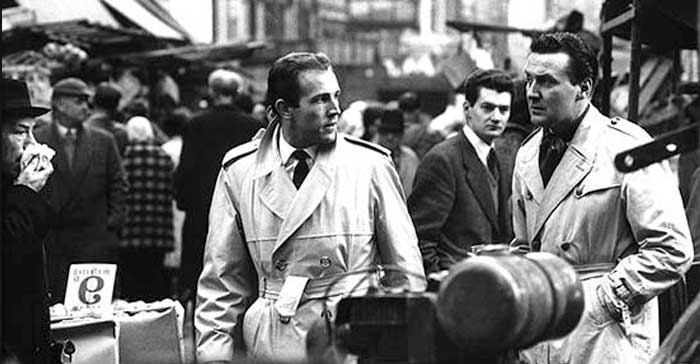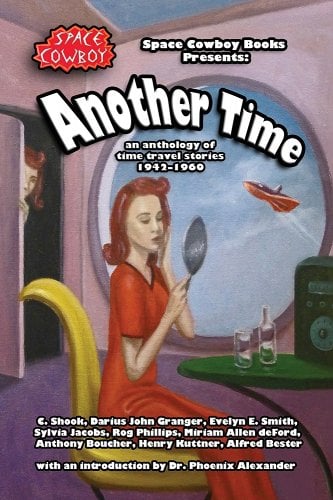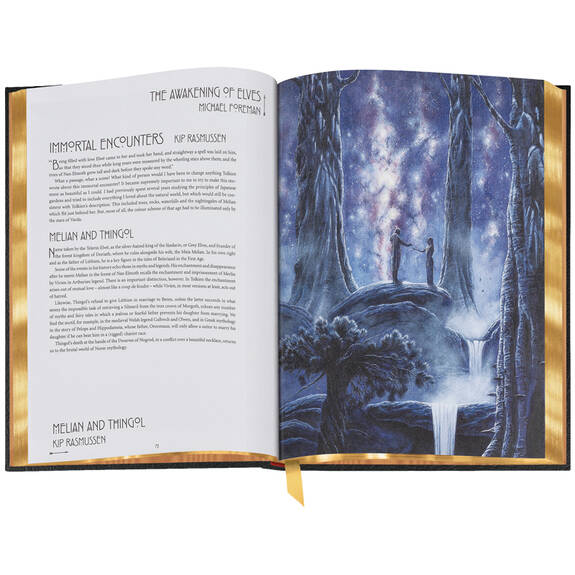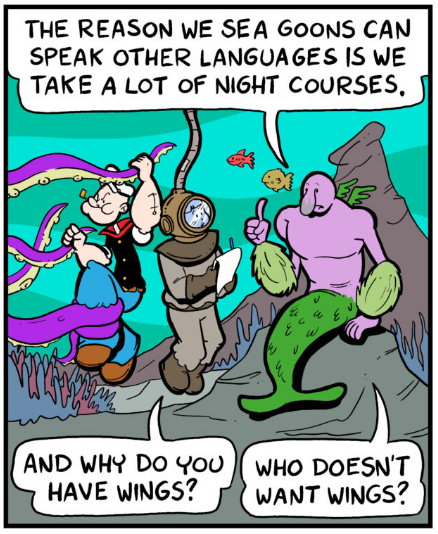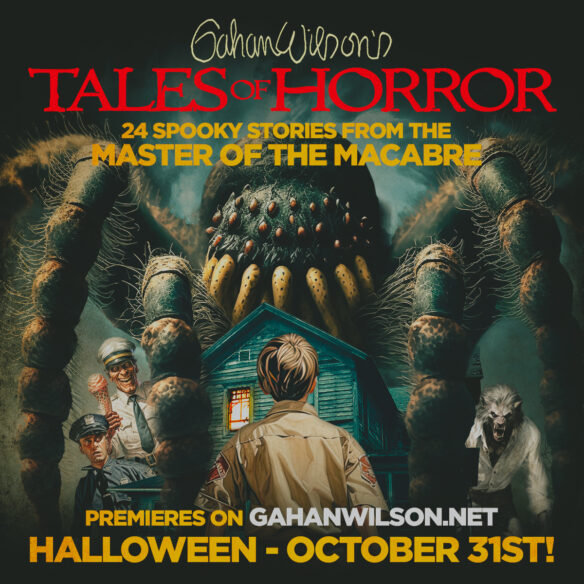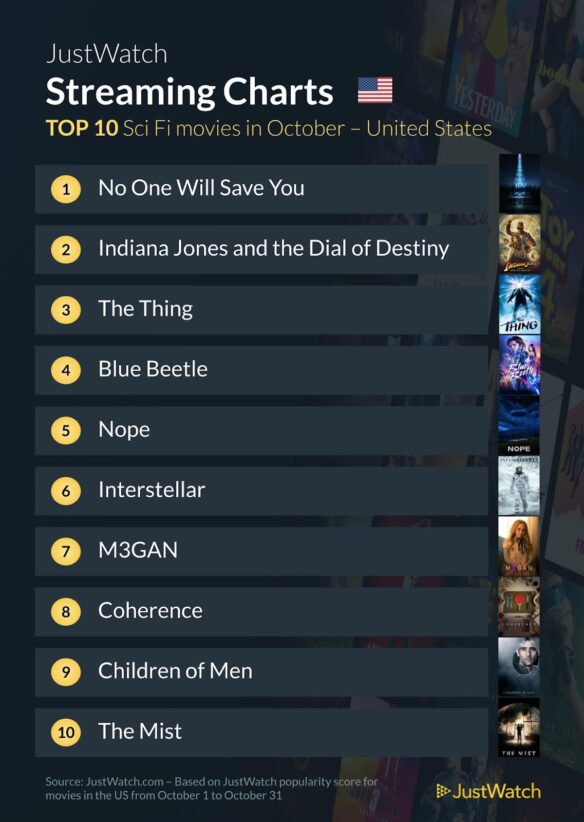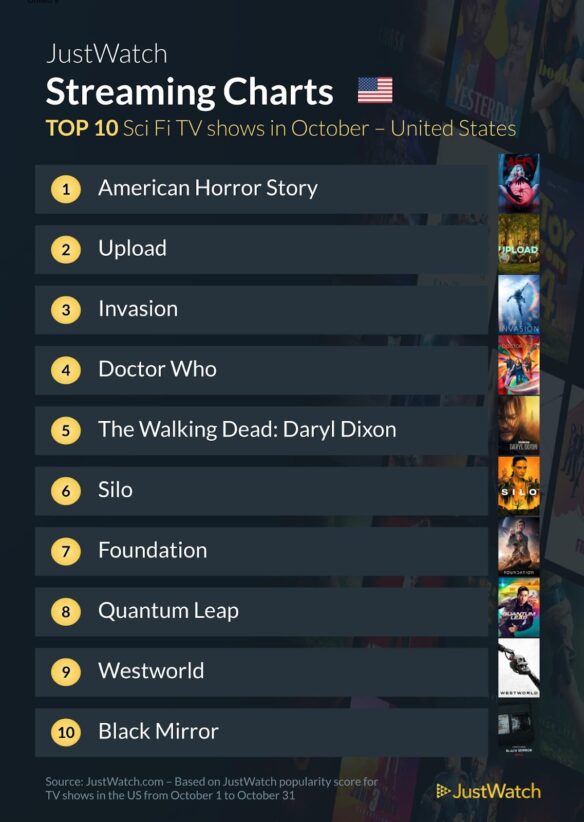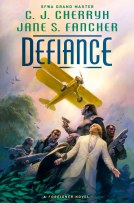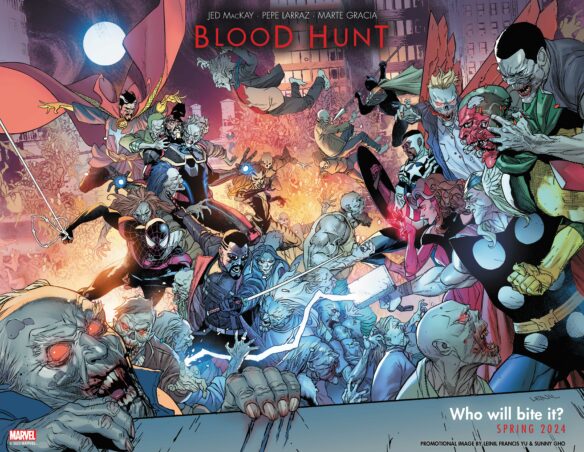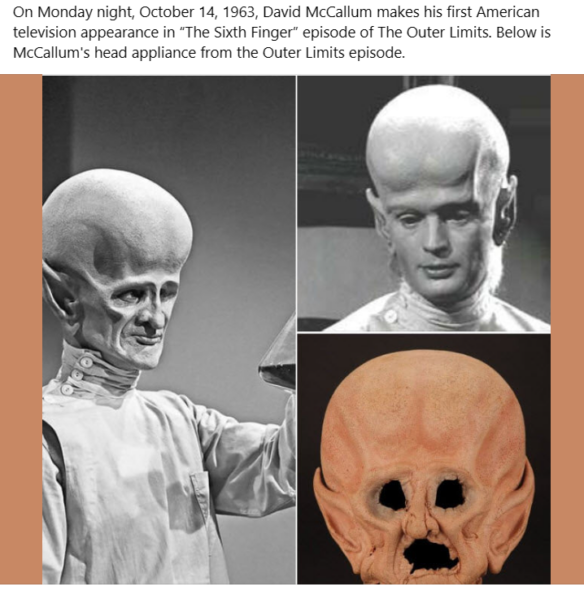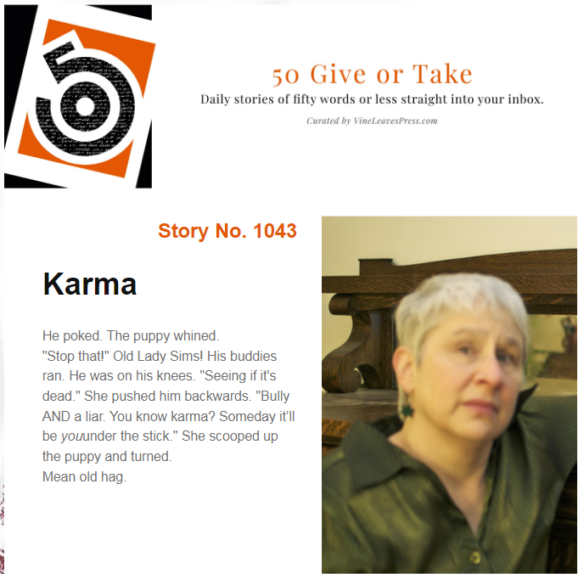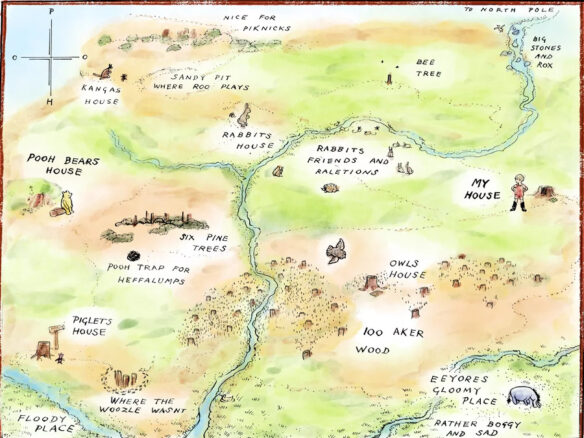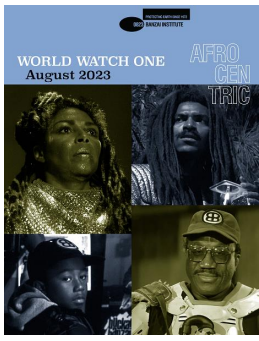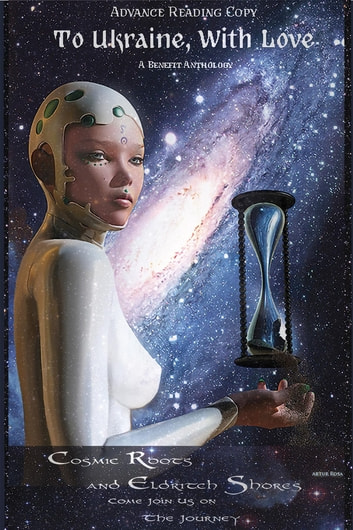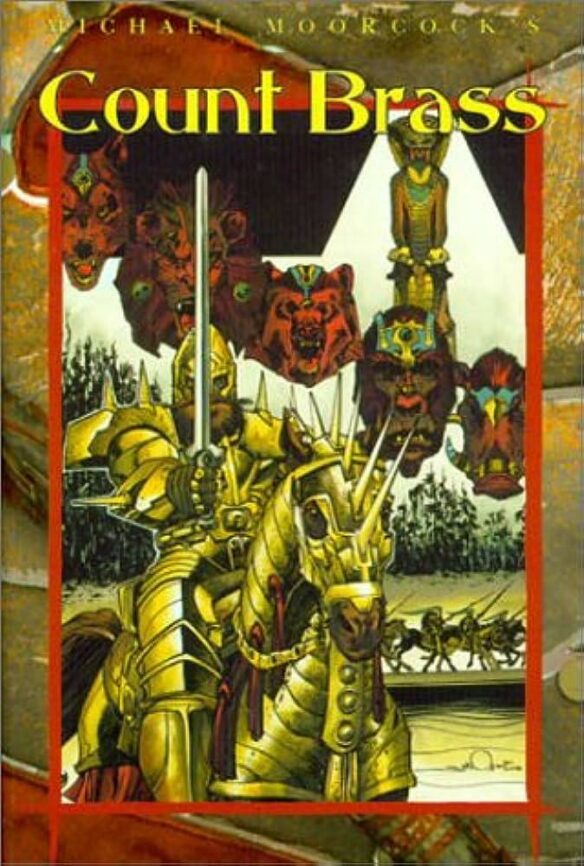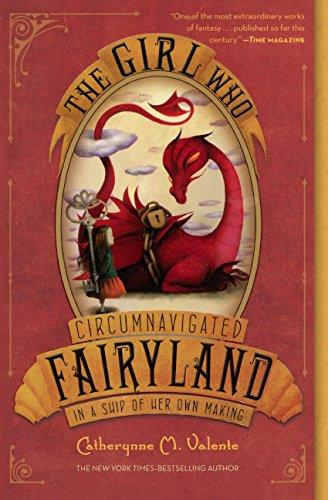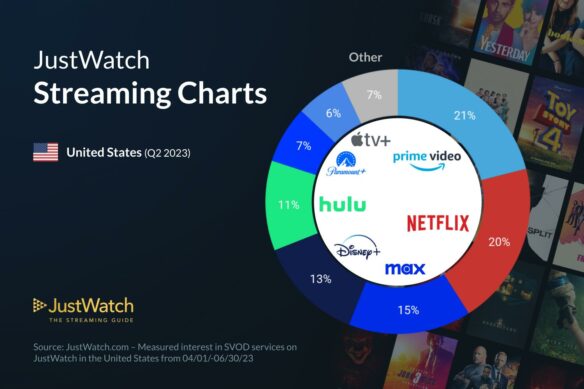(1) TOM DIGBY REMEMBERED. Long-time LASFSian Alan Frisbie shares some of his memories of Tom Digby, who died March 27.

Alan Frisbie: I was saddened to hear from Paula Evans that Tom Digby had died. He was one of the first people I got to know in LASFS when I joined in 1969. His monthly parties were always fun, especially because of the conversations on every topic under the sun. He almost always had some new gadget he had built, often to demonstrate some interesting scientific fact.
At one party he had a Jello tasting competition. On the table were about ten bowls of Jello, in all the typical colors. Each person was given a 3×5 card and told to list each numbered bowl and its flavor.
At the end, he revealed that they were all the new pear flavor, but with different food colors added to fool us.
In his kitchen was one of those backwards-reading clocks. However, the mechanism had been replaced with a small DC motor that, at random times, would rapidly run the hands in a random direction for a random amount of time.
As was popular at the time, he had a color organ attached to his stereo. This one, however, was unique. He had taken an old color TV and connected the deflection yoke vertical & horizontal windings to the left & right amplifier outputs. If the sound was a pure tone with a 90 degree phase difference, of course you would get a circle. But music is never pure like that, so you got a constantly varying display. I’m not sure how the colors were selected, but the display was absolutely mesmerizing.
He also built a drum & rhythm synthesizer back in those pre-microprocessor days. It had a gigantic array of slide switches, with one column for each possible time, and a row for each possible sound. There was a potentiometer for speed control. You could configure any conceivable time signature and pattern with it. We had lots of fun with it.
Tom was a truly unique individual.
(2) DOCTOR WHO EPISODE TITLES. The Doctor Who Season One episode titles have been revealed.
- SPACE BABIES: Written by Russell T Davies, directed by Julie Anne Robinson
- THE DEVIL’S CHORD: Written by Russell T Davies, directed by Ben Chessell
- BOOM: Written by Steven Moffat, directed by Julie Anne Robinson
- 73 YARDS: Written by Russell T Davies, directed by Dylan Holmes Williams
- DOT AND BUBBLE: Written by Russell T Davies, directed by Dylan Holmes Williams
- ROGUE: Written by Kate Herron and Briony Redman, directed by Ben Chessell
- THE LEGEND OF RUBY SUNDAY: Written by Russell T Davies, directed by Jamie Donoughue
- EMPIRE OF DEATH: Written by Russell T Davies, directed by Jamie Donoughue
A second Season 1 Trailer also has been released.
(3) NEW GAIMAN SERIES. [Item by Daniel Dern.] The Netflix adaptation of Neil Gaiman’s Dead Boy Detectives arrives April 25. They were created during Sandman (comic) #25, “Seasons of Mists”, and have been in lots of comics since (see list on “Dead Boy Detectives” Wikipedia entry.)
The characters (not sure it’s the same actors) were in several episodes of Doom Patrol Season 3. I lost track of whether they were in the Netflix Sandman series.
Here’s the trailer, which has me ready to start counting the days…
(4) RISING TIDE. Publishers Lunch says Reactor (formerly Tor.com) has announced these promotions:
Emmet Asher-Perrin has been promoted to senior editor, news & entertainment.
Christina Orlando has been promoted to senior editor, books coverage.
Leah Schnelbach has been promoted to senior editor, features.
Stefan Raets has been promoted to senior production editor.
(5) GOING SCOT FREE. “J.K. Rowling will not be arrested for comments about transgender women, police say” – click the link for NBC News’ description of and quotes from Rowling’s statements that were the source of the complaint.
…“We have received complaints in relation to the social media post,” a spokesperson for Police Scotland said in a statement. “The comments are not assessed to be criminal and no further action will be taken.”
Scotland’s new Hate Crime and Public Order Act criminalizes “stirring up hatred” against people based on their race, religion, disability, sexuality or gender identity….
(6) IT’S HUDE! Cora Buhlert invites you to go “Exploring the Hude Solar System (with Bonus Gothic Abbey Ruins)”.
(OhmyGod! Look who’s included!)

Pluto
The way to Pluto leads through the forest on a public, but unpaved road. Eventually, the forest gives way to Hude Golf Course, where you can see golfers trying to hit their balls. Golfing is clearly a popular sport in the far reaches of the solar system. You travel past the parking lot of the golf course until at last, you reach Pluto, sitting by the side of the road directly in front of a private house.
Pluto is just a tiny speck on the marker, but then Pluto is tiny. And yes, when the Hude solar system was set up, Pluto was still an official planet. The number of moons is no longer correct either.
(Okay, be a spoilsport…)
(7) DON’T WALK UNDERNEATH WHEN THEY FLY BY. “Trash from the International Space Station may have hit a house in Florida” says Ars Technica.
A few weeks ago, something from the heavens came crashing through the roof of Alejandro Otero’s home, and NASA is on the case.
In all likelihood, this nearly 2-pound object came from the International Space Station. Otero said it tore through the roof and both floors of his two-story house in Naples, Florida.
Otero wasn’t home at the time, but his son was there. A Nest home security camera captured the sound of the crash at 2:34 pm local time (19:34 UTC) on March 8. That’s an important piece of information because it is a close match for the time—2:29 pm EST (19:29 UTC)—that US Space Command recorded the reentry of a piece of space debris from the space station. At that time, the object was on a path over the Gulf of Mexico, heading toward southwest Florida.
This space junk consisted of depleted batteries from the ISS, attached to a cargo pallet that was originally supposed to come back to Earth in a controlled manner. But a series of delays meant this cargo pallet missed its ride back to Earth, so NASA jettisoned the batteries from the space station in 2021 to head for an unguided reentry….
… The entire pallet, including the nine disused batteries from the space station’s power system, had a mass of more than 2.6 metric tons (5,800 pounds), according to NASA. Size-wise, it was about twice as tall as a standard kitchen refrigerator. It’s important to note that objects of this mass, or larger, regularly fall to Earth on guided trajectories, but they’re usually failed satellites or spent rocket stages left in orbit after completing their missions.
In a post on X, Otero said he is waiting for communication from “the responsible agencies” to resolve the cost of damages to his home….
Of course he is.
(8) TODAY IN HISTORY. April 3, 1978 — “’Annie Hall’ beats out ‘Star Wars’ for Best Picture”. Oh, noes!
The rise of the action-adventure blockbuster was on the horizon, but on April 3, 1978, the small-scale romantic comedy triumphs over the big-budget space extravaganza. At the 50th annual Academy Awards, held at the Dorothy Chandler Pavilion in Los Angeles, Woody Allen’s Annie Hall won the Oscar for Best Picture, beating out George Lucas’ Star Wars.
(9) TODAY’S BIRTHDAY.
[Written by Cat Eldridge.]
Born April 3, 1968 — Jamie Hewlett, 56. Of course most of you know about Tank Girl, but I’m betting that that most of you don’t know the story of Jamie Hewlett, one of the co-creators, and his role in creating Tank Girl. So let’s tell it.
The comic was created by Alan Martin and Jamie Hewlett who met when they were studying at the West Sussex College of Design in Worthing, and first appeared in print thirty-six years ago in the British Deadline comics magazine.
Alan Martin in an Sci- Fi Online interview tells us how he and Hewlett created the character:
The three of us then worked together on the comic/fanzine Atomtan. While working on this Jamie had drawn a grotty looking heffer of a girl brandishing an unfeasible firearm. One of our friends was working on a project to design a pair of headphones and was basing his design on the type used by World War II tank driver. His studio was littered with loads of photocopies of combat vehicles. I pinched one of the images and gave it to Jamie who then stuck it behind his grotty girl illustrations and then added a logo which read ‘Tank Girl’.

Posters, shirts of all sorts, and underpants, yes underpants, began showing up everywhere on the punk scene, including one shirt especially made for the Clause 28 protest march against Margaret Thatcher’s legislation effectively making homosexuality illegal. Tank Girl was particularly an icon among the lesbian community.
With its immense popularity, the major publishers showed interest in Tank Girl. Penguin UK was the one that Hewlett and Martin decided to go with. So they published all of the Deadline material as collections. What was interesting was that Penguin discovered that though that they owned global territorial rights, they didn’t own US rights.
So Dark Horse won out over a number of other interested publishers forty years ago. A four-issue limited series Tank Girl: Visions of Booga, by Martin was released by IDW, as was Tank Girl: Armadillo and a Bushel of Other Stories, a Tank Girl novel also scripted by Martin.
Fresh material is being produced by the current creative team is Alan Martin and Brett Parson. Tank Girl has appeared on a regular basis in various one-shots and limited series, now published by IDW, Image Comics, and mostly by Titan Comics.
No, I’ve not mentioned the film, have I? Well Martin and Hewlett are known for speaking quite poorly of their experience in the film, and what the film itself was. That’s has much as I’ll say about it.
(10) SURFER’S UP. “’Fantastic Four’: Julia Garner To Play Silver Surfer In Marvel Movie” reports Deadline.
With the four actors set to play the iconic members of the super team, Marvel Studios‘ The Fantastic Four now has its sights set on who will play Silver Surfer, and it looks like they are going with one of the towns biggest rising stars.
Sources tell Deadline that Emmy winner Julia Garner is set to play the iconic comic book character in Marvel Studios’ The Fantastic Four. Pedro Pascal will play Reed Richards (aka Mr. Fantastic), Vanessa Kirby is Sue Storm (aka the Invisible Woman), Joseph Quinn is Johnny Storm (aka the Human Torch) and Ebon Moss-Bachrach is Ben Grimm (aka the Thing)…
(11) AWARD TO RONALD D. MOORE. Variety reports“AFF to Honor Ronald D. Moore with Outstanding Television Writer Award”.
The Austin Film Festival (AFF) has announced Ronald D. Moore as the recipient of the 2024 Outstanding Television Writer Award for his prolific impact on the world of television and his work on celebrated science fiction and fantasy series such as “For All Mankind,” “Outlander” and “Battlestar Galactica.”
“I’m very honored,” Moore told Variety over the phone. “It’s great when your work is recognized and when a renowned organization like the Austin Film Festival chooses to do something like this. It’s amazing. I’m just very humbled by it all.”
Moore will receive the award at the Festival Awards Luncheon during AFF’s Writers Conference, which takes place Oct. 24-27. Two panels, “A Conversation with Ronald D. Moore” and “Script To Screen: Battlestar Galactica,” are also scheduled for the event….
(12) WHAT ARE FANS STREAMING? JustWatch has compiled their top 10 charts for March 2024.
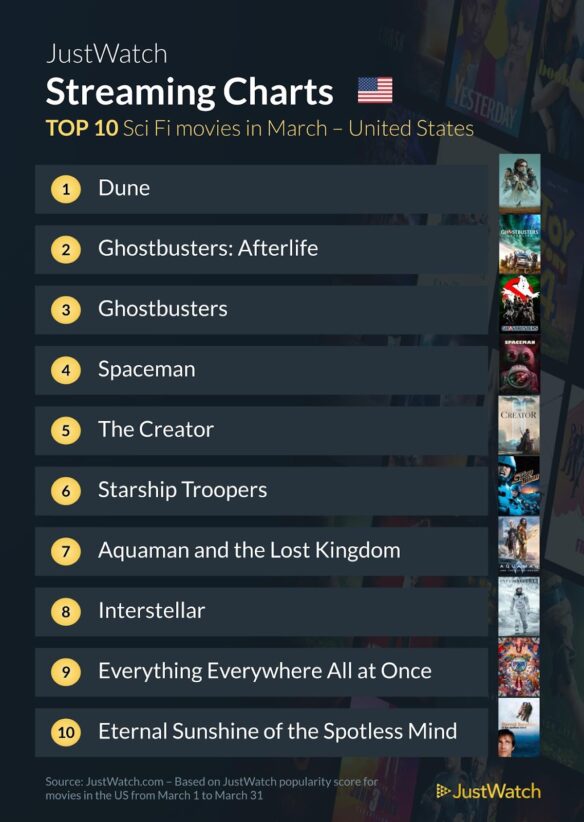
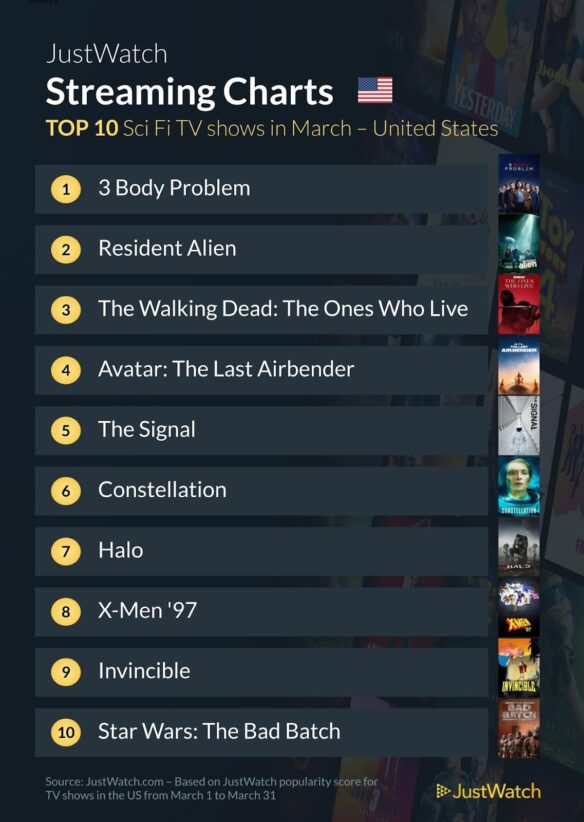
(13) THE FIVE PERCENT SOLUTION. El País profiles “Author who won Japan’s top literary award with help from ChatGPT: ‘AI helps you compensate for your weaknesses’”.
Rie Kudan, the Japanese writer who won this year’s Akutagawa Prize — the highest award in Japanese literature — with a book where around 5% of the content was generated by ChatGPT, encourages writers to use generative artificial intelligence in their creations.
“If you think carefully about how to use it and face your own weaknesses, AI helps you compensate for them,” says the 33-year-old author, speaking at the headquarters of her publishing house, Shinchosha, which advertises her work under the slogan “A book of prophecies in the era of generative artificial intelligence.” However, Kudan says that the input from AI was very small: “Only one page out of 144.”
The novel Tokyo To Dojo To (Tokyo’s Tower of Sympathy) was described by the jury as an “almost flawless” work and earned Kudan a literary prize created in 1935 and which has launched the careers of authors such as Kenzaburo Oe, winner of the Nobel Prize for Literature in 1994. The award winner was announced in January….
(14) REMEMBER TO BYO MENTOS. Walmart is one place you can get this “Disney Parks Coca Cola Coke Star Wars Galaxy Edge 13.5 Bottle Thermal Detonator”.

(15) ECLIPSE IN US CURSED EARTH AND BLACK ATLANTIC. [Item by SF Concatenation’s Jonathan Cowie.] The eclipse will happen on April 8. Dr. Becky is an Oxford U based astrophysicist. “Total Solar Eclipse 2024 – WHEN, WHERE, WHAT, HOW, & WHY”.
(16) WHAT WILL EARTH BE LIKE 300 MILLION YEARS FROM NOW? [Item by SF Concatenation’s Jonathan Cowie.] The YouTube Channel PBS Eons usually takes a look back in time at past evolution but for once has gone all SFnal with a look forward at the future of life on Earth 300 million years hence. To put that in perspective 300 million years ago in the past was when the first reptiles arose and they became the dinosaurs (for whom I have never forgiven what they did to Raquel Welch…). In this 11-minute video we look forward to a time when there will be a new supercontinent and the Hugo Award debacle is long forgotten….
We spend a lot of time here on Eons looking backwards into deep time, visiting ancient chapters of our planet’s history. But this time, we’re taking a look towards the deep future. After all, the story is far from over.
[Thanks to Mike Kennedy, Andrew Porter, John King Tarpinian, Chris Barkley, Cat Eldridge, SF Concatenation’s Jonathan Cowie, and Steven French for some of these stories. Title credit belongs to File 770 contributing editor of the day Daniel! Dern.]

